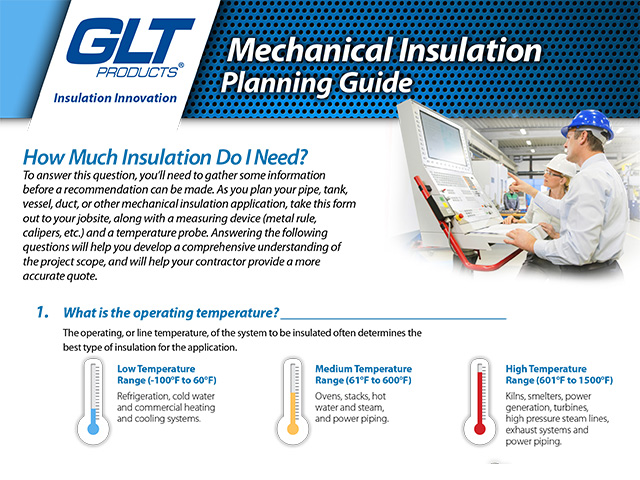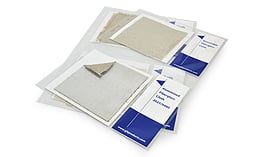You've got a mechanical insulation situation that needs to be remedied and you're ready to call an insulation contractor. Great! Like any project, good planning can make all the difference and save you time and money. Here's a guide that will help you assess your project and make the most of your contractor's time.

"How Much Insulation Do I Need?" is the first question most people ask when they're ready to craft a solution for a pipe, tank, vessel, duct, or other mechanical insulation application. Before you can answer that question, you'll need to gather some information. Knowing your project needs before you contact an insulation contractor is a wise course of action, making you better prepared to talk details and cost.
There are many factors you'll want to consider such as placement, operating temperature, and even the horizontal or vertical orientation of the unit. However, there are other factors to consider, too, like how the application is affected by changing seasons, changing weather, and fluctuations in the contents of the pipe or vessel. For example, when a system is operating at a temperature lower than the ambient air, moisture in the air will develop condensation on the insulation surface. If the insulation isn’t the proper thickness for that application, then it may become wet. This could reduce efficiency, and it may also cause corrosion. A proper vapor retarder system is key to preventing moisture from entering the system.
That's why planning ahead is key. Grab your measuring tools and a temperature probe, and print out this handy guide to take with you as you assess your job site.
Answering the questions it contains will help you develop a comprehensive understanding of the project scope, and it will help your contractor provide a more accurate quote. Use this tool, then contact us with your follow up questions.
Click this button to obtain your free copy of our "Mechanical Insulation Planning Guide":



